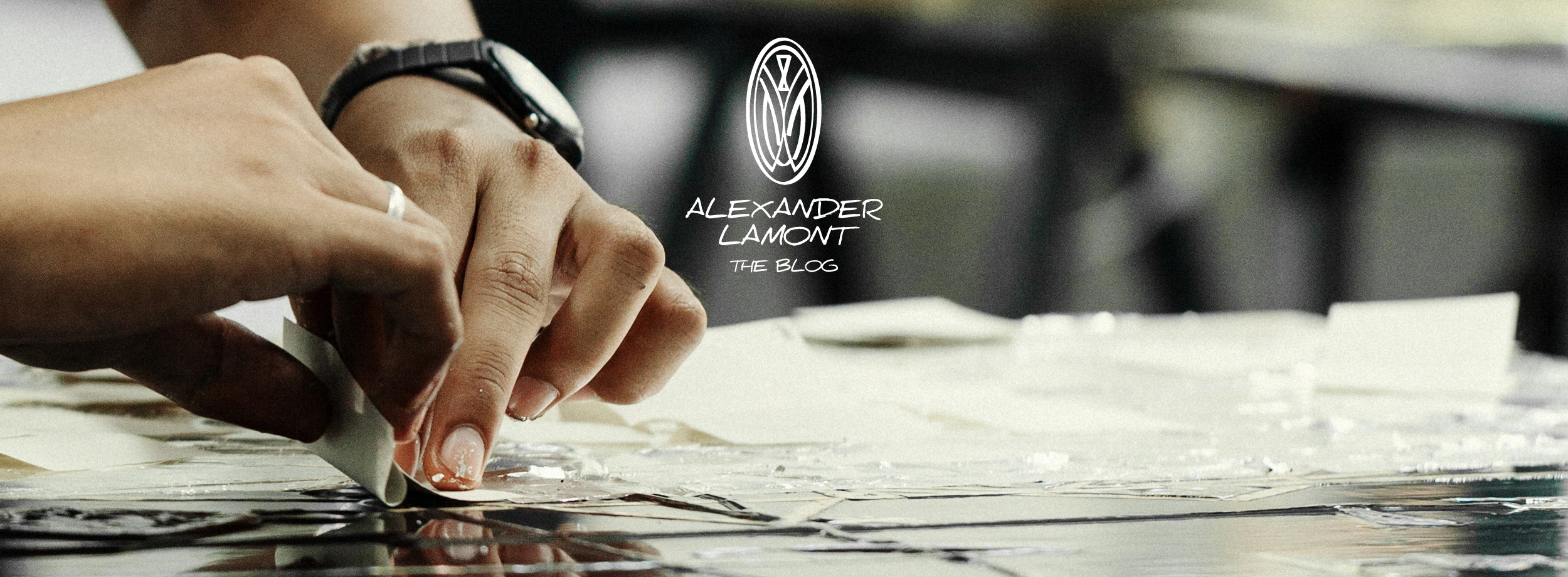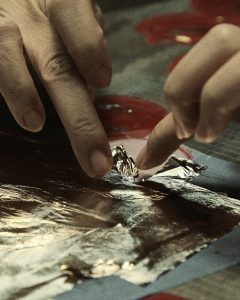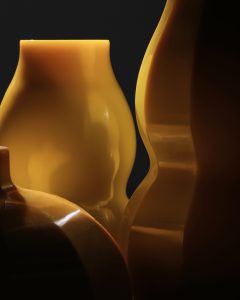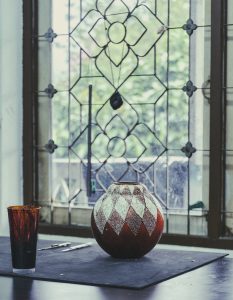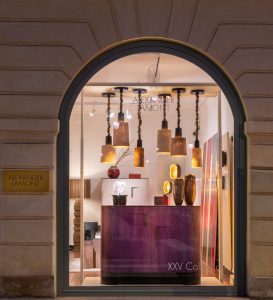This year, our twentieth year, we have opened a showroom in London. This is a hugely exciting development for me personally, and the company, as London is a place that I love, and the city that I regard as my second home after Bangkok. In my view it is the greatest city in the world; a place with an ancient and fascinating history since its founding by the Romans and today a welcoming and friendly city full of an incredible variety of peoples and places. I have spent years living in and exploring London. It is a place that can feel like a village sometimes – small streets and lanes like those around Primrose Hill or in the hidden streets of Richmond or Kensington. Or it can feel like a ancient city in areas around the old East End and Barbican. There are communities of Greeks, Turks, Hasidic Jews, West Indians, Punjabis, Bangladeshis, Nigerians, Ghanaians, Chinese, Arabs, Russians, Poles, Irish … even the largest community of Lithuanians outside Lithuania. The city is full of art galleries, theatres and some of the worlds greatest museums.
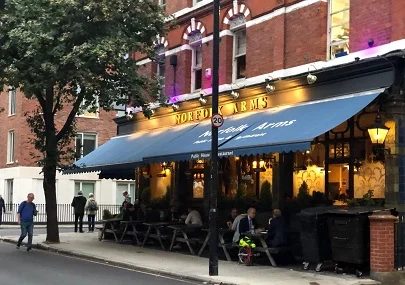
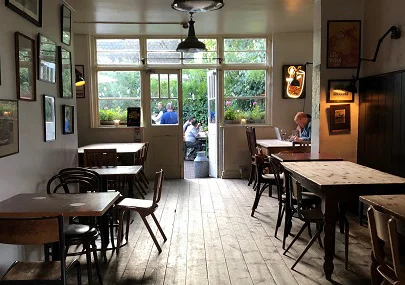
Favourite pubs that are little changed today from Alex’s University days
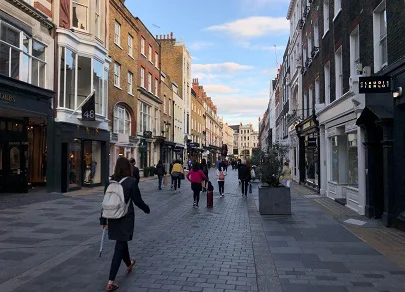
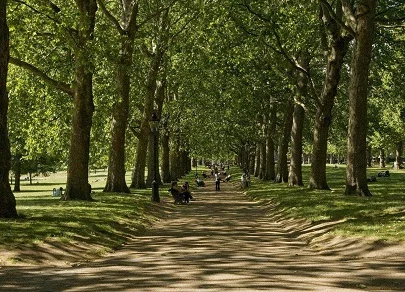
(Left) A modern London shopping street
(Right) Green Park
London has been through so much that we decided we weren’t going to let something like Covid-19 interfere with our plans. 2020 seemed like a good time for ‘Alexander Lamont’ to finally ‘come home; and bring our treasure properly to London. I always seem to have gravitated towards the capital. When the time came for me to decide on a University degree, I had known for a long time where and what I wanted to study: Anthropology at the London School of Oriental and African Studies. I began my degree after spending a ‘gap’ year studying in Thailand. My first two years at London University were wonderful but when the third year approached, an opportunity arose to work in London with one of London’s top photographers, so I took a second ‘gap’ year. This is the story of that time – one of the most interesting experiences of all my years in London and one that helped shape the business I started years later.
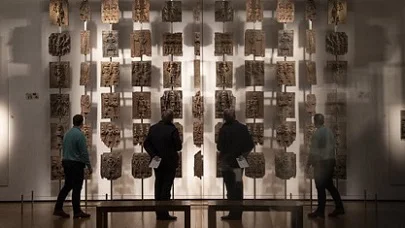

(Left) Africa Gallery in the British Museum
(Right) The Victoria and Albert Museum’s Asian collections
David Montgomery, an American photographer from Brooklyn had made London – and specifically The Kings Road – his home since the swinging sixties. He had been close to the pulse of that exciting time and had photographed many of the cultural icons including Jimi Hendrix, the Beatles, the Rolling Stones, Jean Shrimpton et al. Since then, while still doing portraits for the Sunday Times and other major publications, he had become one of the leading commercial photographers in London and beyond, handling important shoots for fashion and advertising.
When I joined David Montgomery in 1990 my position was ‘second assistant’ and I was essentially interning for six months. I had no experience as a professional photographer but had a great interest in it, even thinking of it as a potential career after University. So this would drop me in at the deep-end of a busy studio offering a wonderful opportunity to observe, learn and experience this life.
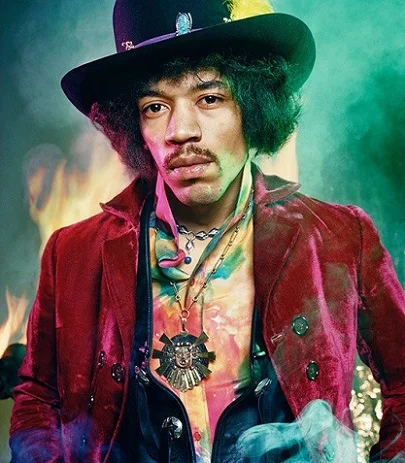
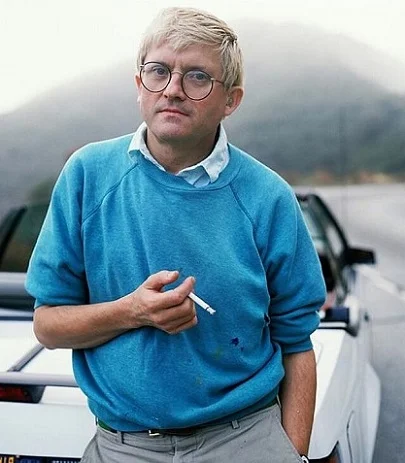
(Left) Jimi Hendrix 1967
(Right) David Hockney in California 1980’s
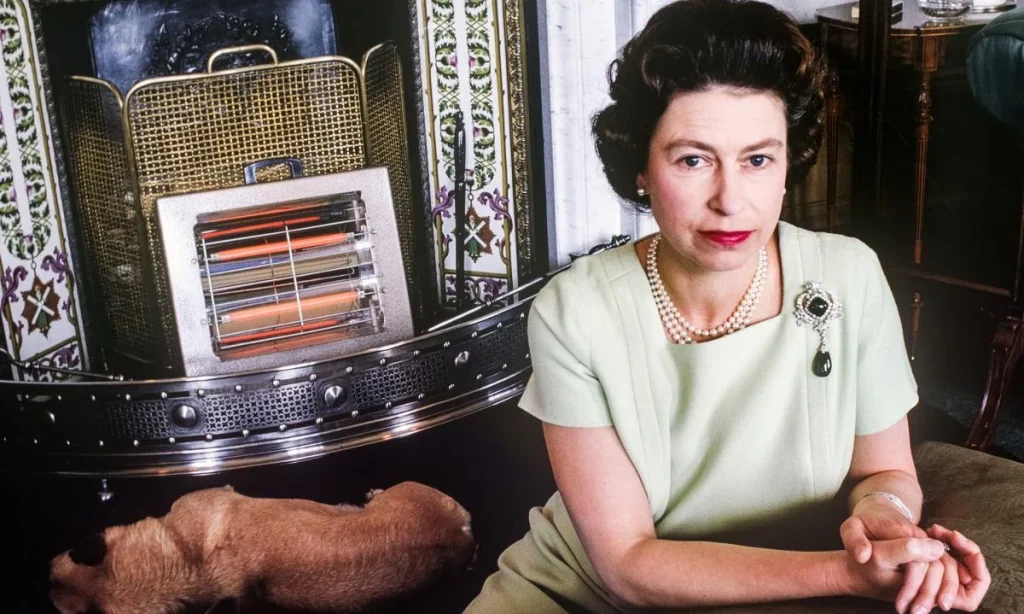
David’s studio was in Chelsea near Fulham Rd. I was living in north London and I sped up the hour-long commute by roller-skating the whole trip if the weather was good. Depending on the days’ jobs I would either arrive very early to load the car to go on location, or later if our work was in the studio that day. The studio was incredibly busy and we worked long hours every day and often over weekends too. Jimi Hendrix 1967 David Hockney in California 1980’s Queen Elizabeth with Corgis 1967 I worked directly under the ‘First Assistant’, a South African called Jeremy who had worked for David for about 5 years by then and who had done a degree in photography. Jeremy was a tough task-master but very clear about what he wanted. I was there to learn and had no problem being given the bulk of manual tasks while Jeremy stayed close to David to understand how the images were developing.
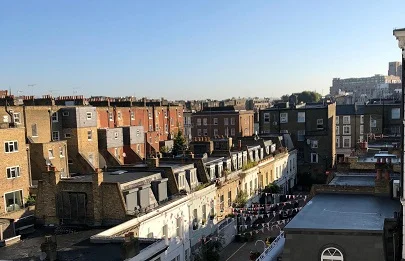
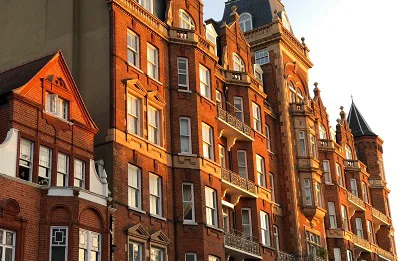
(Left) Rooftops north of Chelsea
(Right) Victorian facade in the evening, Chelsea
A key difference at that time compared with the work of a photographer today is that we worked entirely on film. There was no digital photography in 1990. A photographer today can look at a screen to see everything about the image, and do much to improve the image in post-production. Back then commercial photographers used polaroids to understand the lighting and colour before shooting the film. David would sit by the camera ‘reading’ the polaroids and from there he would make many small changes to the set up so that the final film image would be ‘perfect’. He was a real master and I was always amazed to see the medium-format transparencies (he worked almost exclusively with Mamiya or Hasselblad cameras) the next day as compositions that brought together so many micro-adjustments of light-type, intensity, position, composition and exposure – a highly technical layering that created beautiful natural scenes.
During those six months, David received an amazing variety of commissions; from fashion shoots with up to 50 models, to portraiture to single-shot ad’s that could take up to a week to get right using 8×10 frame cameras. But the shoots that were the most interesting to me – and that I felt he really excelled at – were his interior work. These were assignments for interiors magazines and books and also advertising work for brands. Clients loved the warmth that he brought to interiors; in his images he created spaces that were comfortable and stylish and often bathed in a wonderful afternoon light that was a signature of his –even when on the day of the shoot it was dark and pouring with rain outside.

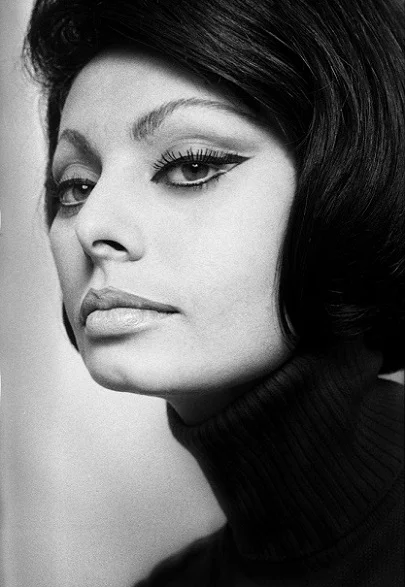
(Left) Andy Warhol’s Shooting Scars, The Factory, 1968
(Right) Sofia Loren 1970s
My day usually started, along with Jeremy’s, by loading the car with the equipment – up to 12 heavy power-packs of Elinchrom or Broncolor lighting and their flash heads; the film, camera’s and lenses, and various other accessories such as light-boxes, umbrella’s, coloured gel film. We would drive round to David’s house to pick him up and then drive to the shoot location.
David was an interesting person to work with. He was a perfectionist and a craftsman who demanded a lot of himself – and expected his team to work seamlessly behind him. If we were encountering an issue with something, Jeremy might try to explain why he thought David’s direction was not possible for some technical reason. I remember David would often reply with “Just do it Jeremy” and that always seemed to break the block and things would flow again.
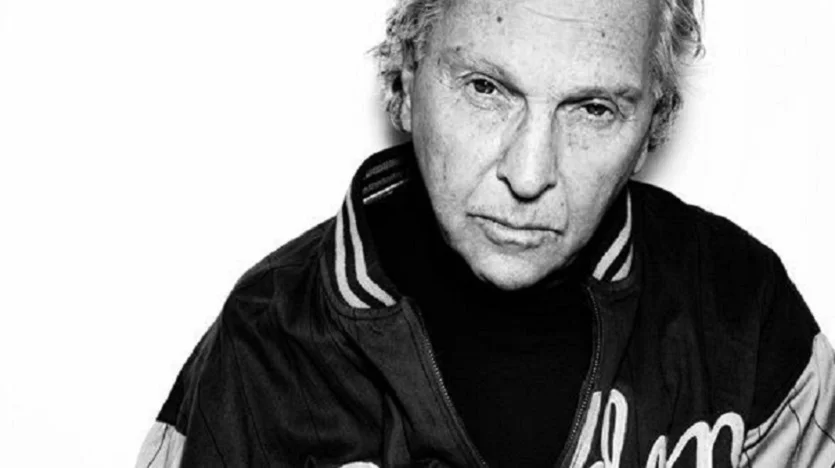
I have tried to bring this method into my own leadership approach but it has not had the same effect as Mr. Montgomery. He was a great raconteur of stories from his decades of work and he was a lover of Jazz. On trips to the US he would tape-record Jazz stations so back in England, we might be shooting in a cottage in Surrey or a manor in Oxfordshire but we would be listening to a gravelly-voiced female DJ from a Jazz station in LA or Fort Lauderdale. As a young man my ears were opened to a vast breadth of music so that when the internet finally gave us all access to the streaming of radio stations I have loved to be transported to great Jazz stations in New Orleans or Country stations in Texas.
This period took me all over London. I got to know areas that I had never seen before, particularly when David had work for the colour supplements (magazines) of Britain’s major newspapers (Sunday Times, Observer etc). We did one shoot inside the Sandy’s Row Synagogue near Spitalfield’s market before its restoration. We did a portrait of Liza Minelli at the Ritz that required me to be loading film into the filmbacks as fast as possible while recording exposures So David could keep chatting and shooting continuously. David had asked if Liza would mind being shot in bed wearing only a fluffy white dressing-gown. She was happy to do this but it the end, because one never knows which one is the ‘money shot’ I had to get into the same dressing-gown and expose some flesh so that David could take some shots of me to use as a test-roll of film – to make sure that when we exposed the pictures of Ms. Minelli, there would be no surprises. Jeremy found this very funny.
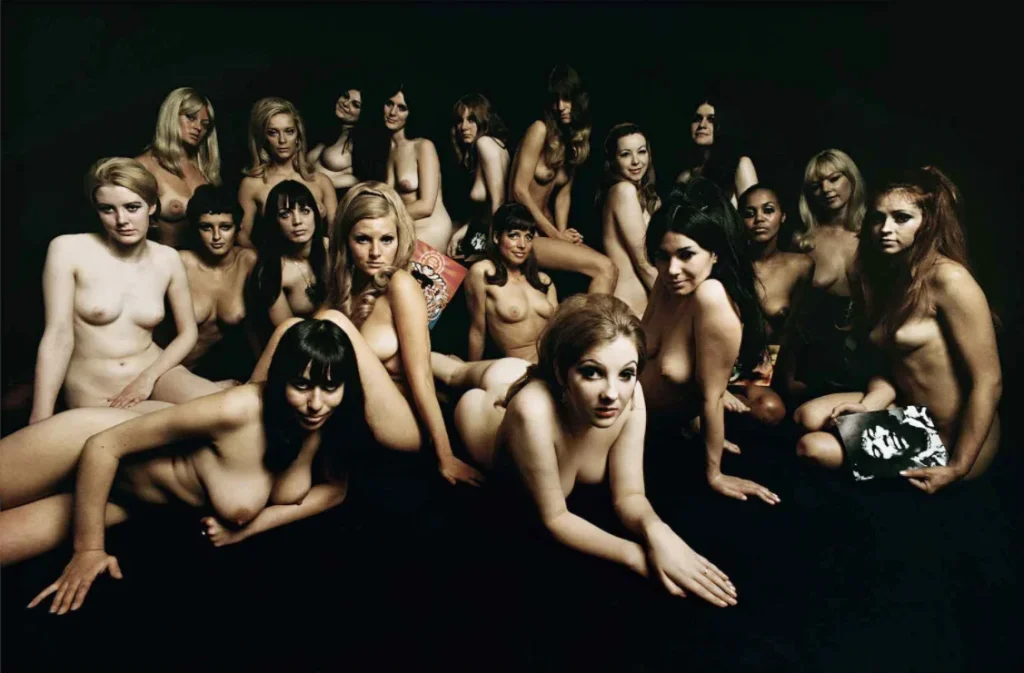
The six months were very useful to me in many ways but particularly two : Firstly I realized that I did not want to be a commercial photographer for a career. The constant need to placate tense clients; the very demanding work schedule and the fact that the photographer had to be there to perform at all times was back-breaking and excessively social. To be able to know that I tried it and did well but did not want to spend my life doing this was very valuable. However even more valuable was the training in managing a photo shoot. The experience with David Montgomery was a training in excellence – how to look at images and light and what to aim for in compositions. These things have been hugely important in my chosen career as a designer with my own company to manage and lead in the hugely important are of visual marketing through our catalogues and digital platforms.
Those months in the worlds of London fashion, people and places was a wonderful exposure to dimensions of the city that made me love it even more. Now with a new showroom to work with, just down the road from David’s studio, and the constant need to think about images and spaces, I feel very close to that six months of hard ‘study’ under the great master in this wonderful city.
